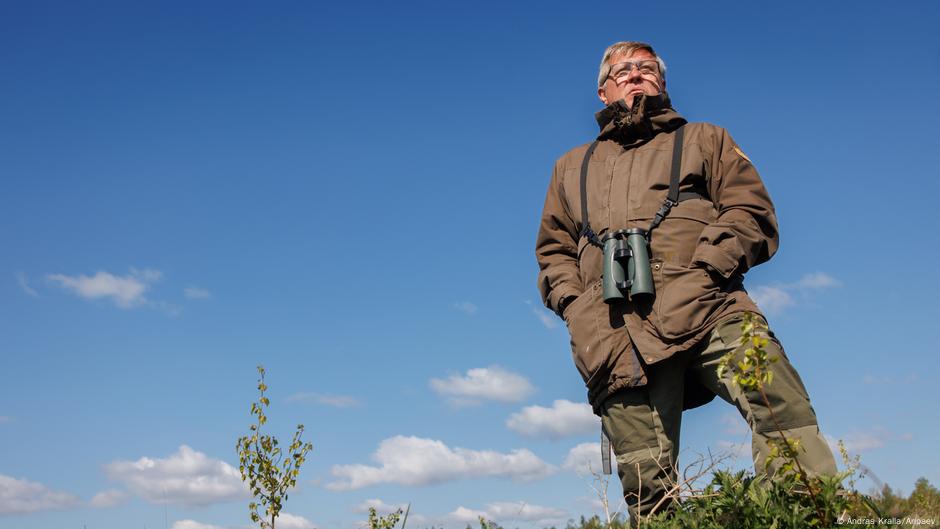
"Ornithologist Leho Luigujoe had been watching birds at the same quiet Estonian wetland near lake Vortsjarv for years when he saw a shift in the once grassy landscape. The springy meadow that had once been a rare stronghold for the great snipe, known for its long beak and even longer love song, had vanished. In its place stood neat rows of birch and spruce trees, planted in sharp lines across the marsh. The spongy grassland of old was slowly turning into a forest."
"A cheaper option is credits that prevent further emissions, perhaps by protecting an existing forest from logging. These tend to cost between $5$10 per ton. There are two main types of carbon markets: mandatory and voluntary. The EU's Emissions Trading System (ETS), for example, is mandatory, legally capping emissions for sectors such as energy, cement, steel and aviation. It was designed to gradually reduce industrial emissions across Europe."
An Estonian wetland near Lake Vortsjarv was converted from springy meadow into planted birch and spruce rows under a carbon credit project. The conversion eliminated habitat for the great snipe and caused local bird populations to fall silent. Some carbon credits finance afforestation of wetlands because tree planting can be a cheaper offset option. Wetlands can store more carbon than forests, so afforesting peat-rich marshes can both reduce biodiversity and alter carbon dynamics. Carbon credits vary widely in type and price, from expensive removal technologies to cheaper avoidance credits and mandatory systems such as the EU ETS. Voluntary markets allow companies to offset emissions often for reputational reasons.
Read at www.dw.com
Unable to calculate read time
Collection
[
|
...
]